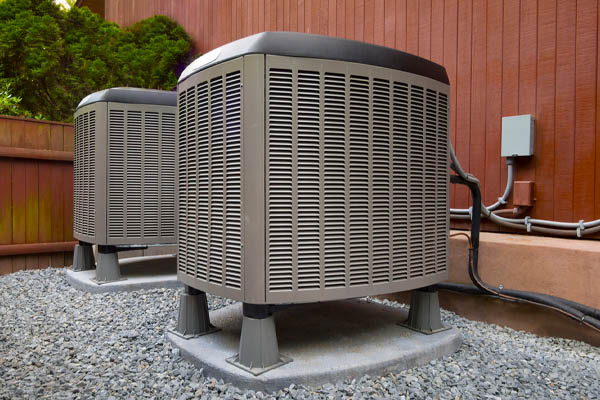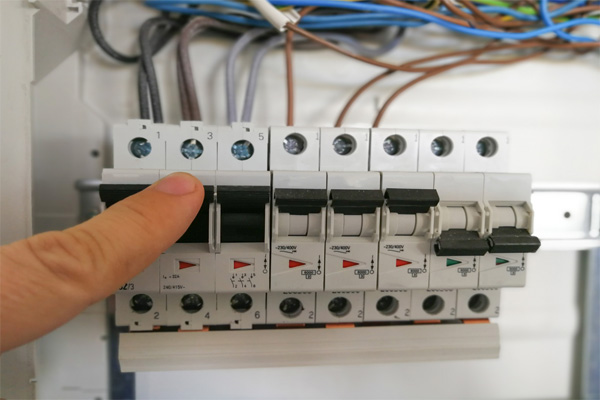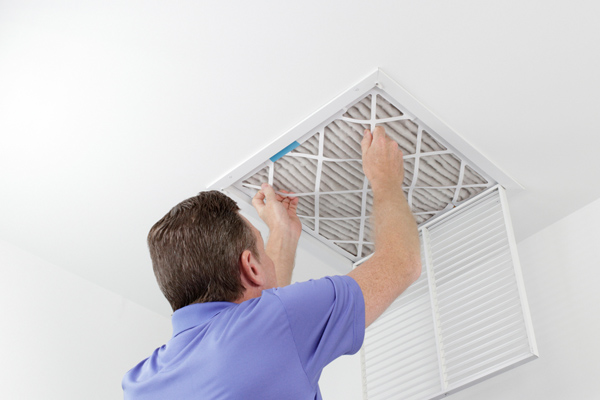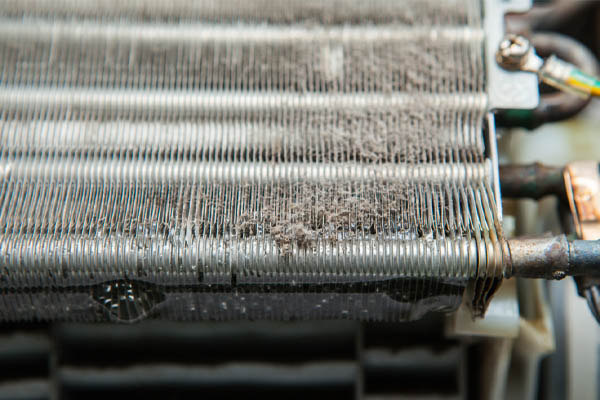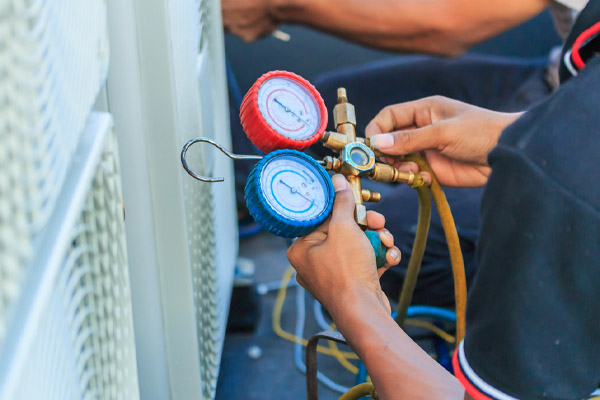
There’s probably nothing better than the experience a new HVAC system can give. It increases comfort, reduces energy costs (compared to an older system), maintains healthy indoor air quality, and boosts productivity.
However, as much as a newly installed HVAC unit can improve your life, it can also become a nightmare when dealing with an improper HVAC installation. You’ll experience poor indoor air quality, frequent HVAC repairs, premature replacement, higher energy costs, and discomfort.
When it comes to proper HVAC installation, it’s always best to choose an experienced and certified HVAC contractor to ensure a good outcome. Also, you can do your part by learning more about the most common HVAC installation mistakes so you can avoid them.
In this article, we’re going to talk about the seven top HVAC installation mistakes and the reason why you should avoid them. Let’s dive in…
Top HVAC Installation Mistakes To Avoid
1. Selecting The Wrong Heating And Cooling System Size
Most people think that larger HVAC systems will offer better performance. They even believe that buying the largest HVAC unit they can afford is a really good investment, assuming it can cool or heat their home faster.
But, contrary to this belief, this is not true.
The best HVAC system doesn’t have to be large. In fact, the right size to meet your heating or cooling needs always depends on the projected load. The best contractors perform complex calculations that factor in the following:
- Regional temperatures
- Shade provided by nearby structures
- Orientation of your home
- Total interior floor area
- Height of the ceiling
- And a lot more!
With the calculations a professional contractor performs, you’ll know exactly how much power your system needs to properly heat or cool your home. But if you get an inexperienced HVAC contractor, you might also get faulty recommendations based on inaccurate rules of thumb.
2. Keeping The Old HVAC Ductwork
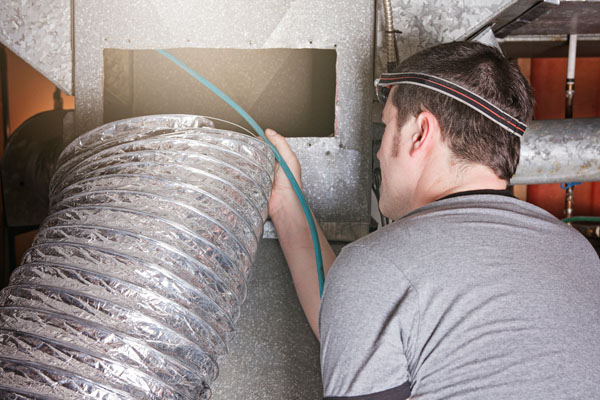
Most people think that they can save money by keeping the old HVAC ducts after installing a new HVAC system. However, as much as this is true, it’s not always ideal because they might be incompatible, especially if you need to change your furnace or air conditioner’s size.
Here are some situations that prove that your old ducts may not always work with your new unit:
- The old ducts may be too small and cause airflow to be inefficient.
- If the old ducts were installed decades ago, there might already be leaks, dirt, mold, and other issues you might experience.
- The original design may not already provide optimal distribution of conditioned air around your home.
If you have a trusted HVAC contractor, always consider having new ducts designed and installed along with your new HVAC unit.
3. Bad HVAC Duct Installation Techniques
Design is just one thing; execution is another.
Some HVAC contractors can come up with logical and economical designs that will work in theory. However, even if their plans are good, their technicians may use bad installation techniques due to their inexperience or desire to finish a job quickly.
For example, they might use tape to seal gaps, even if this only provides a temporary solution. And soon, leaks may cause the system’s efficiency to plummet after a while, and you’ll end up paying more on your monthly bills.
So, make sure that you hire a reputable HVAC company like Point Bay Fuel that uses high-quality materials and sealants.
4. Poorly Designed HVAC Drainage System
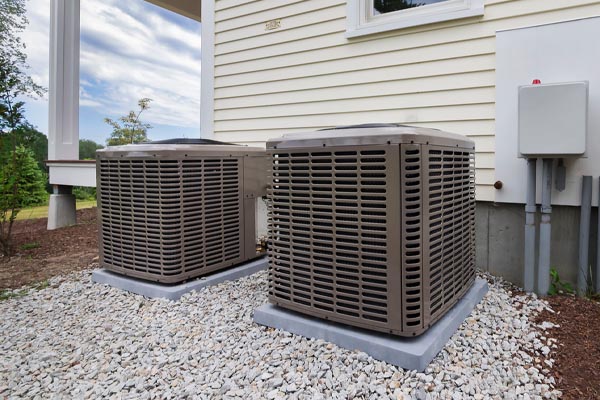
Air conditioners produce moisture around the coils because of condensation.
The installer must ensure that all the water is collected and filtered away from the system. Otherwise, the moisture can spill over to the other parts of the house, leading to mold and mildew growth.
Over time, your drywall and flooring could also be damaged. On top of this, bacteria will thrive and make the air conditioner smell so bad that it will be difficult to ignore it.
To prevent any of these headaches, make sure to do it right the first time. Hire experienced HVAC professionals as they will know what to do.
5. Incorrect Venting Of Toxic Gases
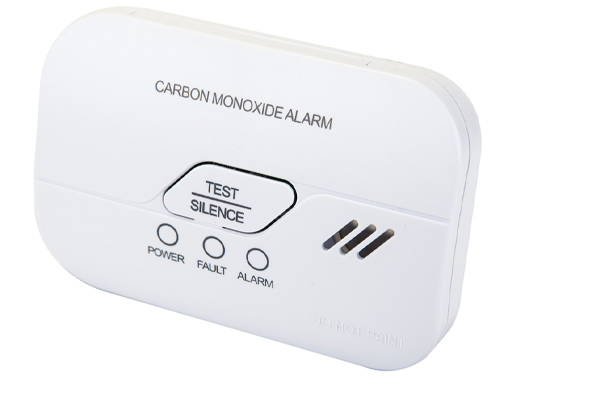 Your furnace can produce carbon monoxide and other hazardous gases while burning fuel. And though this may sound scary, this really won’t be a problem as long as your exhaust system is pushing these gases out of the house immediately.
Your furnace can produce carbon monoxide and other hazardous gases while burning fuel. And though this may sound scary, this really won’t be a problem as long as your exhaust system is pushing these gases out of the house immediately.
Because of this, the installation of your HVAC system should always include proper venting for the toxic gases that your system generates during combustion.
Faulty HVAC installation can lead to the release of these harmful gases inside your house. So, aside from proper installation, you should also ensure that you have carbon monoxide detectors that can warn you in case of CO leaks.
Carbon monoxide gases are odorless and colorless, so without carbon monoxide detectors, leaks can go undetected.
When you’re looking for a contractor, make sure that you ask them about combustion safety to see if they know how to implement this properly.
6. Improper Heating & Cooling System Placement
As long as your contractor is paying attention, some mistakes are easy to avoid. Here are some of them:
- Putting different units where the old HVAC equipment is without properly verifying the HVAC location first. This will just be repeating the error instead of correcting it.
- You will want to shield the AC condenser from the sun as much as possible because direct sunshine means more work for the system.
- The thermostat should also be shielded. If it’s located near the windows, doors, or other heat sources it will heat up more than the rest of the house and suffer from faulty sensor readings.
Always hire an experienced HVAC technician as they will know the best location for your HVAC unit and its components.
7. Neglecting Clearance Around The Condenser
If there’s one thing you should know, it’s that your unit’s condenser needs space to breathe for it to work at its best. Unfortunately, with rush installations, this is not always met, and contractors would usually just give it a few inches clearance on all sides.
Experts would recommend providing a minimum of 2 feet around the perimeter. This is necessary for good air intake and optimal efficiency. In other words, it ensures that the system will not consume more energy than it really needs or suffer from premature wear and tear.
After the installation, you as a homeowner should also make sure to maintain this clearance by keeping objects away and trimming any nearby plants.
Conclusion
HVAC installation mistakes are more common than you might realize. And often, experienced contractors are called in to correct the errors amateur contractors did while installing the system.
Avoid this by making the right decisions from the start. And now that you already know what to watch out for, find a certified contractor who has an excellent reputation in your area to do your HVAC system installation correctly, the first time around.
Call Point Bay Fuel For All Of Your HVAC Requirements

Point Bay Fuel offers superior heating and cooling services in Ocean and Monmouth County, New Jersey.
We make sure to hire certified technicians who can provide you with excellent services, including HVAC tune-ups, repairs, installations, and replacements. Each technician has outstanding knowledge and experience to serve your HVAC system needs correctly.
Point Bay Fuel guarantees to provide the most competitive heating and cooling service costs in the area. Our maintenance services ensure to improve your comfort, increase your system’s energy efficiency, and reduce your home’s heating and cooling costs.
Need your system repaired or replaced? We’ll recommend the best one for your home and is within your budget. The best part is, all our work is backed with a guarantee to ensure your satisfaction.
If you wish to schedule a service appointment, give us a call today! We also offer in-home estimates at no cost at all.
Contact us now by calling (732) 349-5059 to speak to one of our home comfort specialists!
The post Top HVAC Installation Mistakes to Avoid appeared first on Point Bay Fuel.

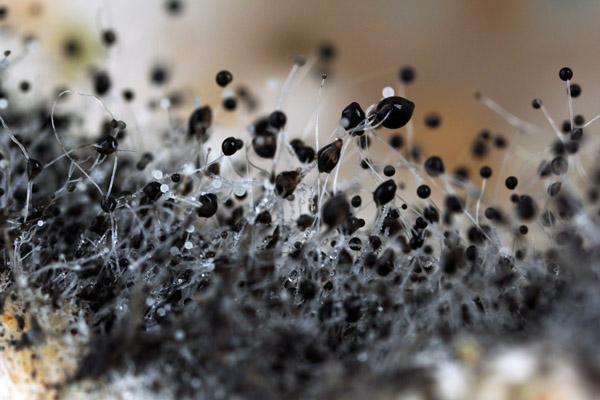
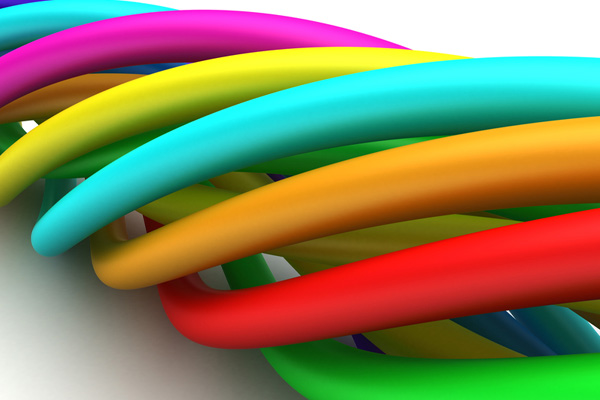
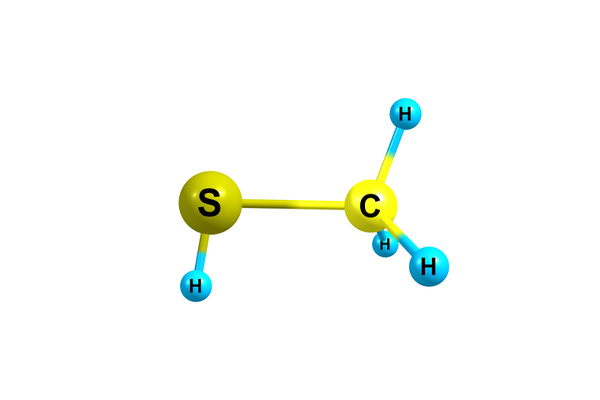 A gas smell should never be ignored, as the smell might be caused by an actual gas leak. The gas itself doesn’t have any scent, so gas manufacturers add methyl mercaptan to it. This chemical produces a rotten cabbage smell that acts as a warning sign that a gas leak is occurring. Keep in mind that methyl mercaptan is an irritant. Exposure can cause skin and eye irritations, dizziness, nausea, headaches, and respiratory problems. Prolonged exposure can also be fatal.
A gas smell should never be ignored, as the smell might be caused by an actual gas leak. The gas itself doesn’t have any scent, so gas manufacturers add methyl mercaptan to it. This chemical produces a rotten cabbage smell that acts as a warning sign that a gas leak is occurring. Keep in mind that methyl mercaptan is an irritant. Exposure can cause skin and eye irritations, dizziness, nausea, headaches, and respiratory problems. Prolonged exposure can also be fatal.